WAGO Cables and wires

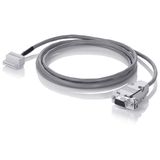
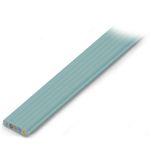
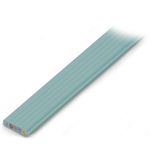
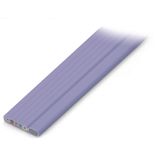
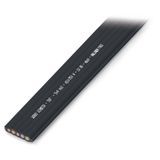
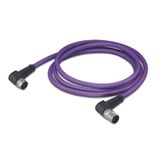







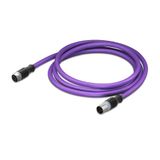




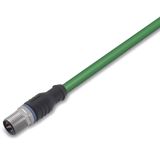
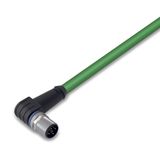

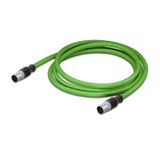

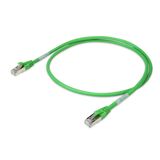
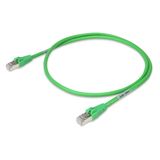




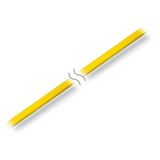

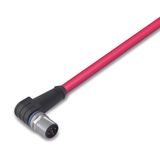













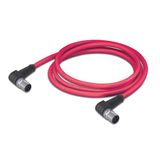




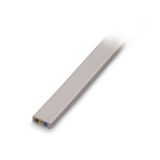
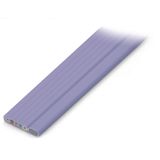
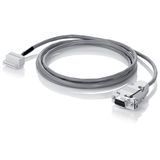






Project engineers buy WAGO when they want consistent conductor quality, predictable jacket behavior, and terminations that cooperate with spring-clamp technology. The catalog spans panel, machine, building, and field wiring with CPR-rated indoor lines, oil-resistant machine cable sets, and pre-assembled leads for sensors, actuators, and power distribution. What follows is a practical map of families, sizes, and where they fit.
wago cables and wires range and jacket choices
The core families cover control and signal (LIYY, LiYCY, 300 or 500 V), building installation (H05Z1Z1-F, H07Z1Z1-F LSZH 450/750 V), and power distribution (NYY, XZ1, 0.6/1 kV). For moving axes, expect PUR and TPE jackets with high flex life; for static trays, PVC and LSZH remain economical. Shielded variants use Al-PET foil, braid, or both for improved EMC near drives. If your tender calls out wago cables and wires, specify conductor class (5 or 6), jacket chemistry, CPR class, and the bend regime so procurement can lock the exact line.
wago electrical cables technical parameters and approvals
Voltage grades land at 300/500 V for control, 450/750 V for building, and 0.6/1 kV for utility feeders. Temperature bands typically run −30…+80 °C for PVC control, −40…+90 °C for PUR drag-chain, and 0…+90 °C for LSZH building lines. Publish CPR class per EN 50575 (e.g., Cca s1 d1 a1 in egress routes), UV resistance for external runs, and oil/coolant resistance for machining cells (IEC 60811 tests). When ordering wago electrical cables, match conductor tinning to your terminal type; tinned class-5 strands land cleanly in spring clamps for long-term stability.
wago power wires applications and load profiles
For feeders and distribution inside panels, choose fine-stranded 0.75…35 mm² with 90 °C insulation to maximize current without oversizing copper. In skids, pre-terminated 4/5-wire sets simplify contactor–soft-starter–drive chains; add numbered cores and a green-yellow PE to keep inspection fast. Outdoors or in yards, go with UV-stable black jackets and note minimum installation temperature to avoid micro-cracking. Where the spec requests wago power wires, state the installation method (tray, conduit, free air) so current-carrying capacity uses the correct derating table.
wago installation wiring integration with terminals and connectors
Building services lean on halogen-free, low-smoke cables that keep signage visible and gear serviceable after an event. Pair them with WAGO push-wire or lever connectors and maintain bend radii at ≥6×OD for power and ≥10×OD for data. Keep standard geometry in mind: Ø68 mm cutouts, 60 mm screw lines, and common 16/20/25 mm gland threads. If you standardize on wago installation wiring, your junction boxes, connectors, and cable glands will share clamp ranges and torque values, which removes site-by-site guesswork.
wago flexible cables motion classes and shielding practice
Moving applications fall into flex classes: occasional bend on door loops, repetitive flex in trays, and high-cycle drag-chain on linear axes. PUR and TPE jackets resist oils and chips; talc-free fillers prevent dust in food zones. Use braid-plus-foil for fast edge rates or where VFD noise is present, and bond shields 360° at gland plates. For robotics, round cross sections with short lay lengths survive torsion. When the BOM names wago flexible cables, add a test target in cycles and bend radius (e.g., 10 million cycles at 7.5×OD) to anchor vendor offers.
wago connection cables assemblies and field terminations
Pre-assembled sets shrink commissioning time: molded M8 and M12 sensor leads in A-coded and D-coded Ethernet, valve-island cordsets, and ready-to-use power jumpers for power supplies and drives. For distributed I O, hybrid sets carry 24 V and signals on one jacket; color rings and printed numbers speed probing. If you require wago connection cables, lock connector coding, pinout, and jacket material up front so spares drop into any cabinet without re-terminating.
wago industrial wires heavy duty environments and tray routing
Plant wiring lives near oils, solvents, vibration, and heat. Choose tray-rated lines with crush resistance, braided shields where EMC is critical, and HDG-compatible saddles to avoid galvanic issues. Keep spacing combs on large PoE or 24 V bundles to limit temperature rise; publish the maximum bundle count per bay. For cranes and conveyors, torsion-rated designs tolerate ±180° per meter. Where specs reference wago industrial wires, call out UV class, oil rating, and permissible installation temperature so crews don’t fight stiff jackets in winter.
Technical specifications and standards that matter
Conductor classes 2, 5, and 6 with copper purity suitable for spring clamps; insulation materials PVC, LSZH, PUR, and TPE with declared oxygen index and smoke density; voltage categories 300/500 V, 450/750 V, and 0.6/1 kV; EMC options with foil, braid, or combined shields; UV and weathering per ISO 4892; oil and coolant resistance proven to IEC 60811; drag-chain performance stated in cycles and radius; CPR to EN 50575 with DoP available; marking systems that survive the same detergents as panel paint. Keep gland compression ranges aligned to jacket OD and specify thread forms M16/M20/M25 with target torque.
Applications and compatibility
- Control panels and MCCs panel-rated control cables with numbered cores, shielded pairs for analogue I O, and pre-made jumpers for power supplies and PLC racks.
- Drives and motion VFD-rated motor leads with symmetrical grounds and EMC braid, plus sensor/actuator sets in PUR for coolant exposure.
- Commercial buildings LSZH installation lines in egress routes, UV-resistant risers near glazing, and discrete saddles on plasterboard.
- Food and pharma smooth PUR jackets, stainless clips, and solvent-resistant legends to survive cleaning cycles without creep or delamination.
Integration with other WAGO products
Cables and wires align with WAGO’s lever and spring-clamp connectors, TOPJOB® S terminals, compact power supplies, and shield-clamp hardware. Match conductor sizes to terminal ranges (e.g., 0.5…10 mm²), use 360° shield clamps at gland plates, and keep label stock unified across the door and the rail. For distributed I O, M12 cordsets land directly on fieldbus modules without adapters, and pre-made DC jumpers fit the power supply combs you already stock.
Selection criteria for B2B clients
- Define the environment indoor, washdown, outdoor, or machine oil zone; pick jacket chemistry and CPR class accordingly.
- Fix the motion profile static tray, occasional flex, or drag-chain; set radius and cycle targets.
- Set EMC policy unshielded, foil, braid, or both; decide the bonding method at the gland plate.
- Dimension by load and route conductor cross-section, installation method, and derating; publish bundle limits for heat.
- Choose termination strategy bare copper for spring clamps or factory-terminated sets; align gland sizes and torque so IP survives maintenance.
- Document spares identical pinouts, jacket colors, and labels across lines to speed replacement.
Advantages of working with Bankoflamps
We run on practical trade terms tailored for integrators: individual B2B pricing with custom quotes and a dedicated account manager who learns your standards. Quote responses typically land in about an hour, and EAN or MPN ordering is straightforward. The portal shows real-time stock across EU warehouses, lead times and order status, plus downloadable price lists that stay current; purchase history and analytics help with planning. Trusted accounts can use post-payment terms up to 30 days. We consolidate shipments to cut delivery costs, hold pricing for defined validity periods, and currently supply clients in France, the Baltics, Germany, Spain, Italy, Belgium, and the Netherlands.